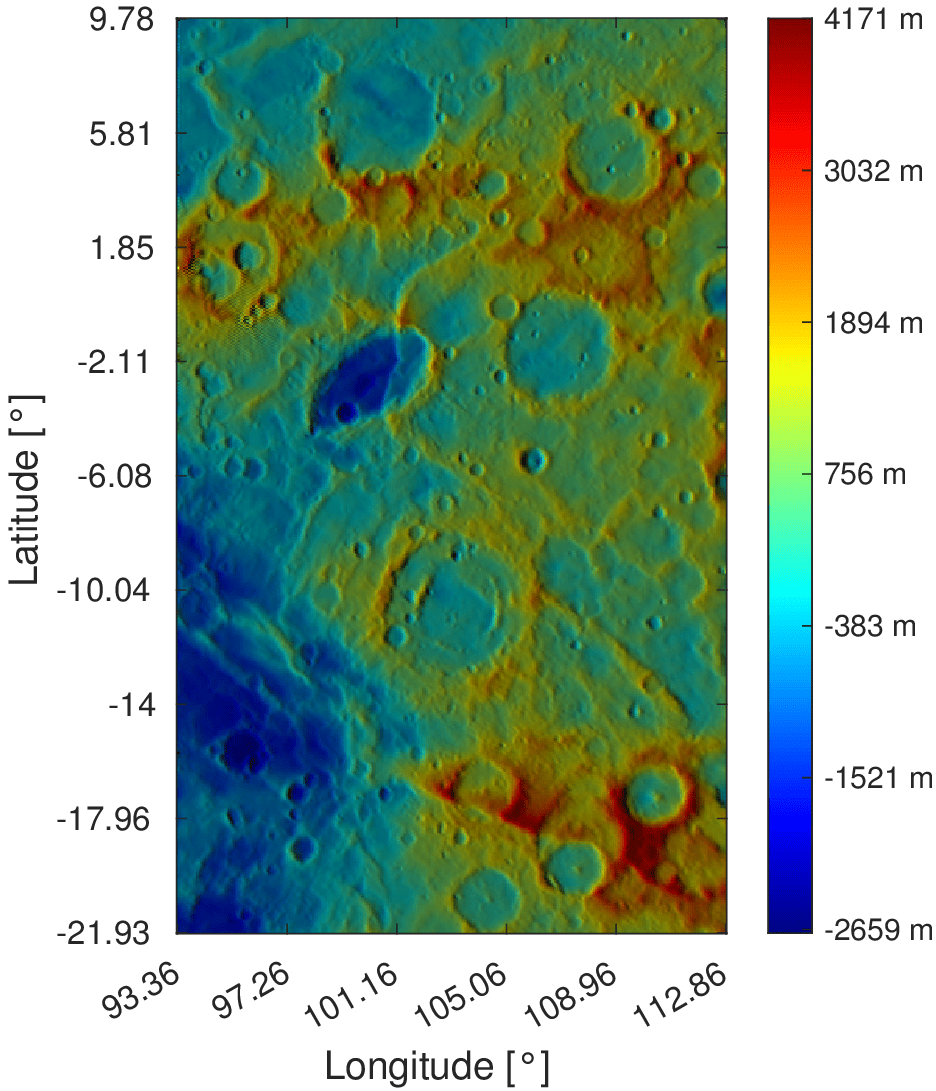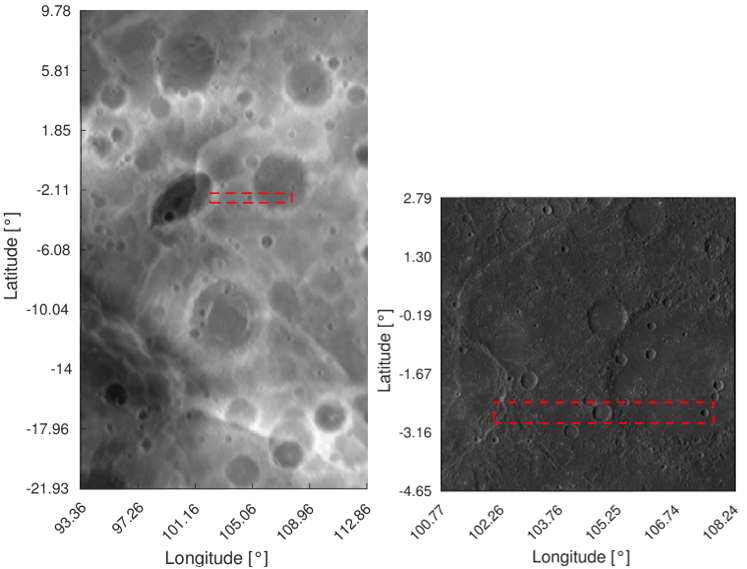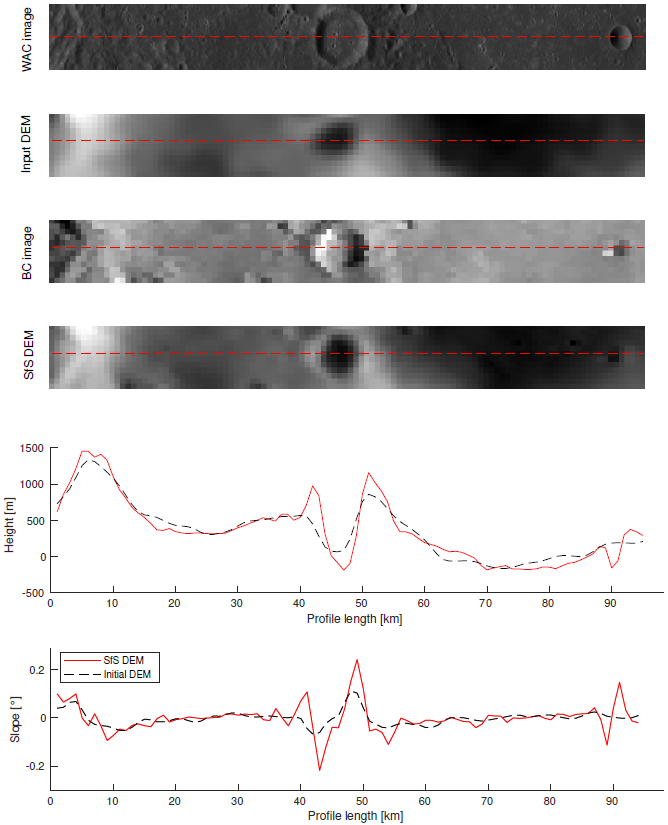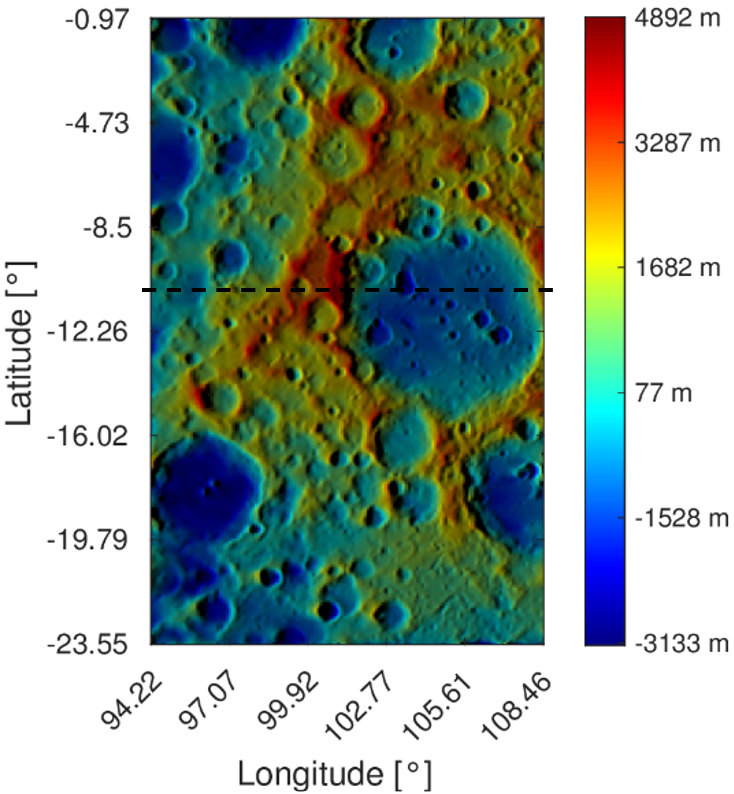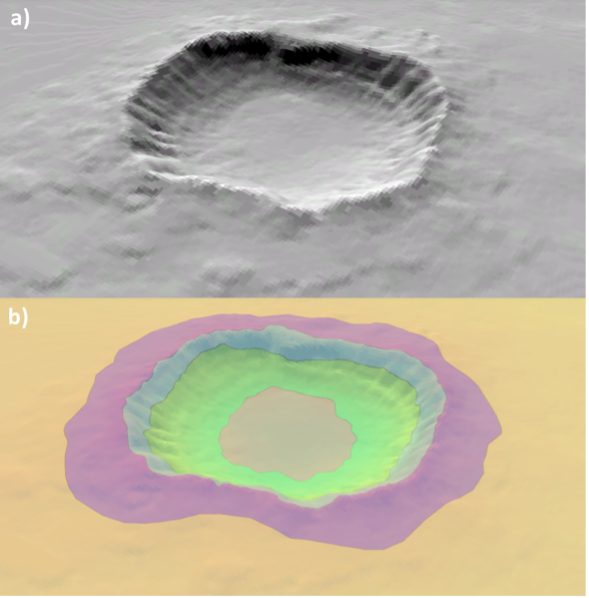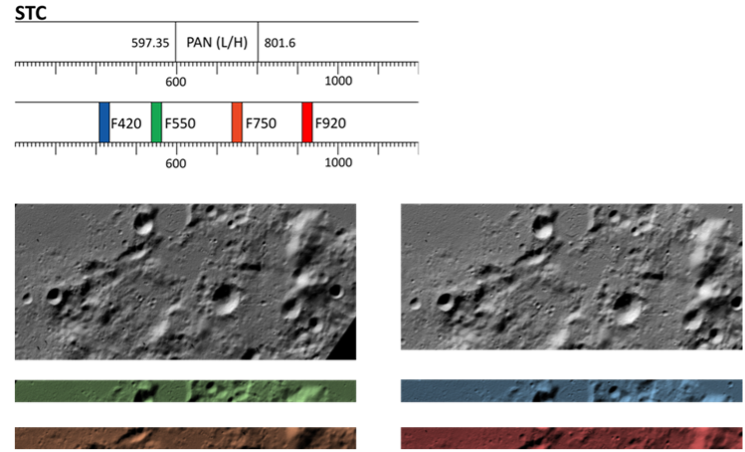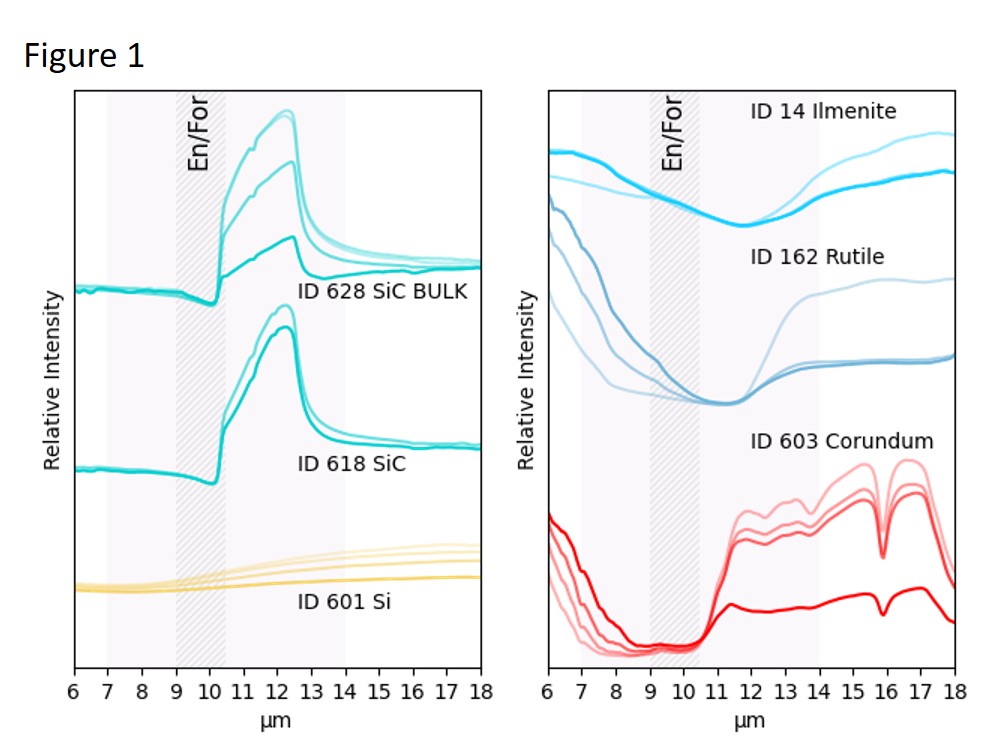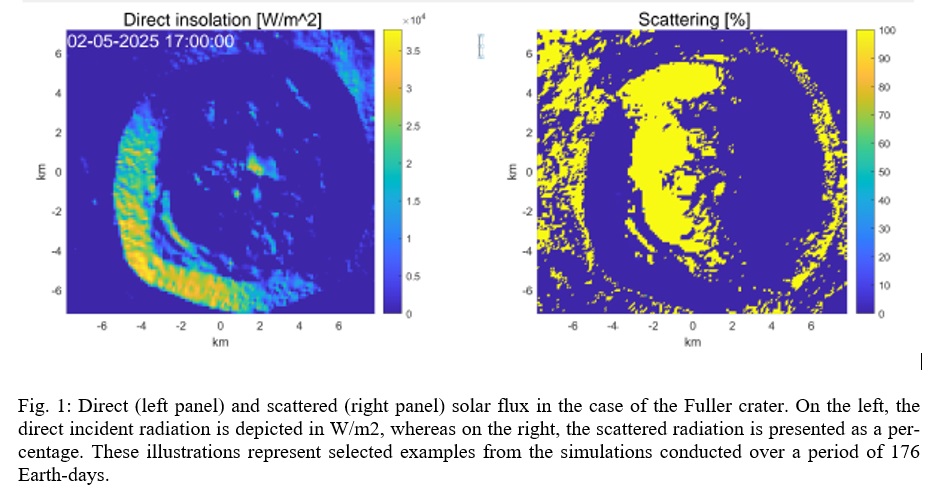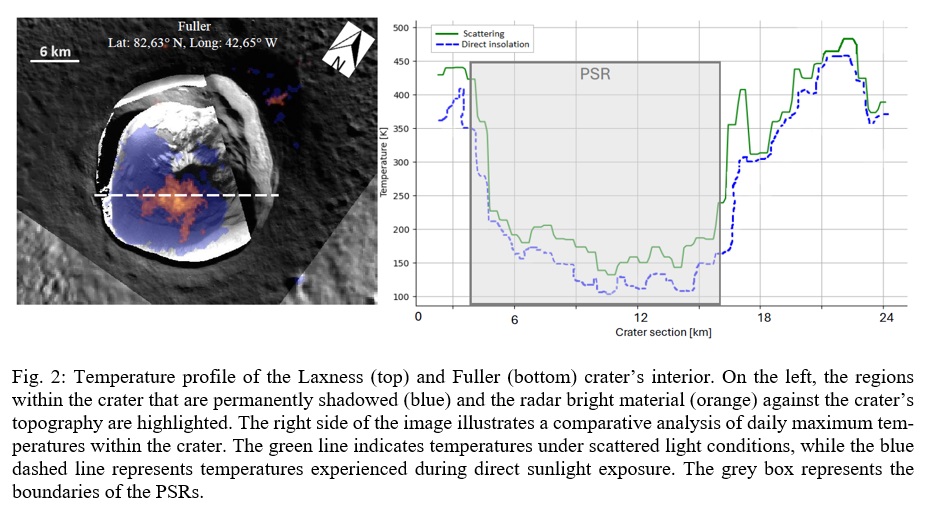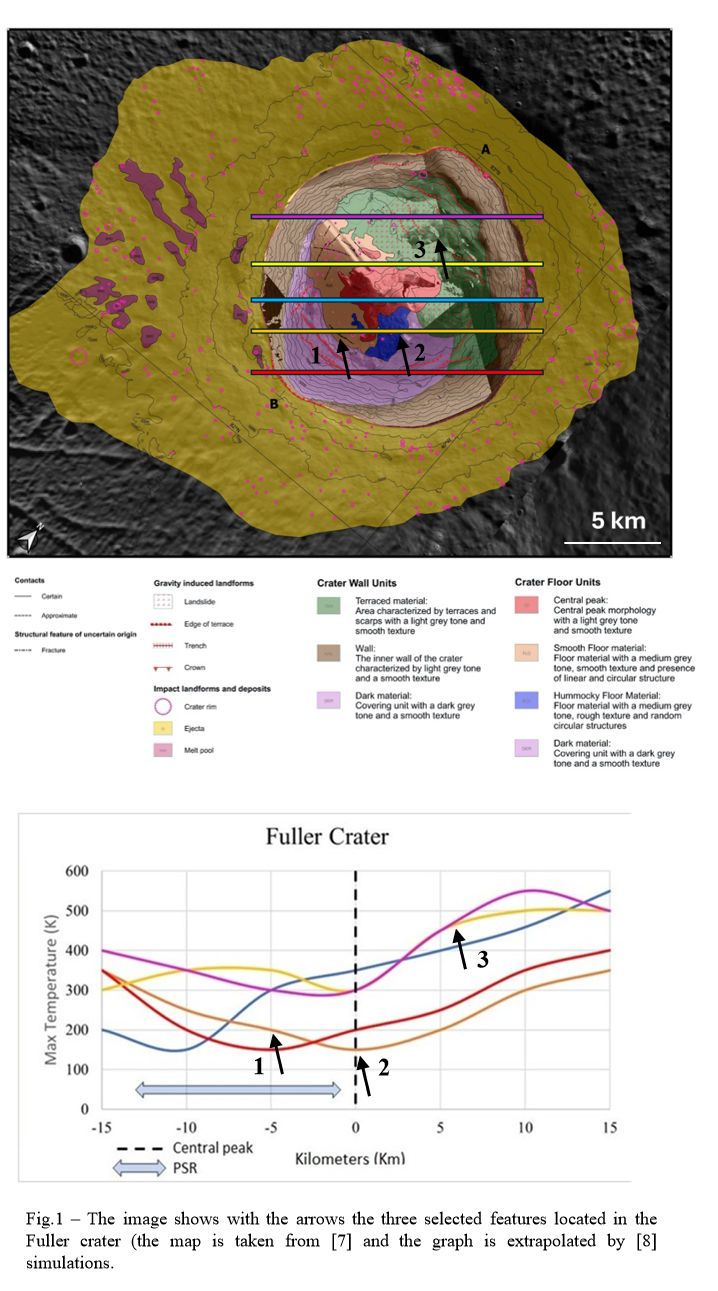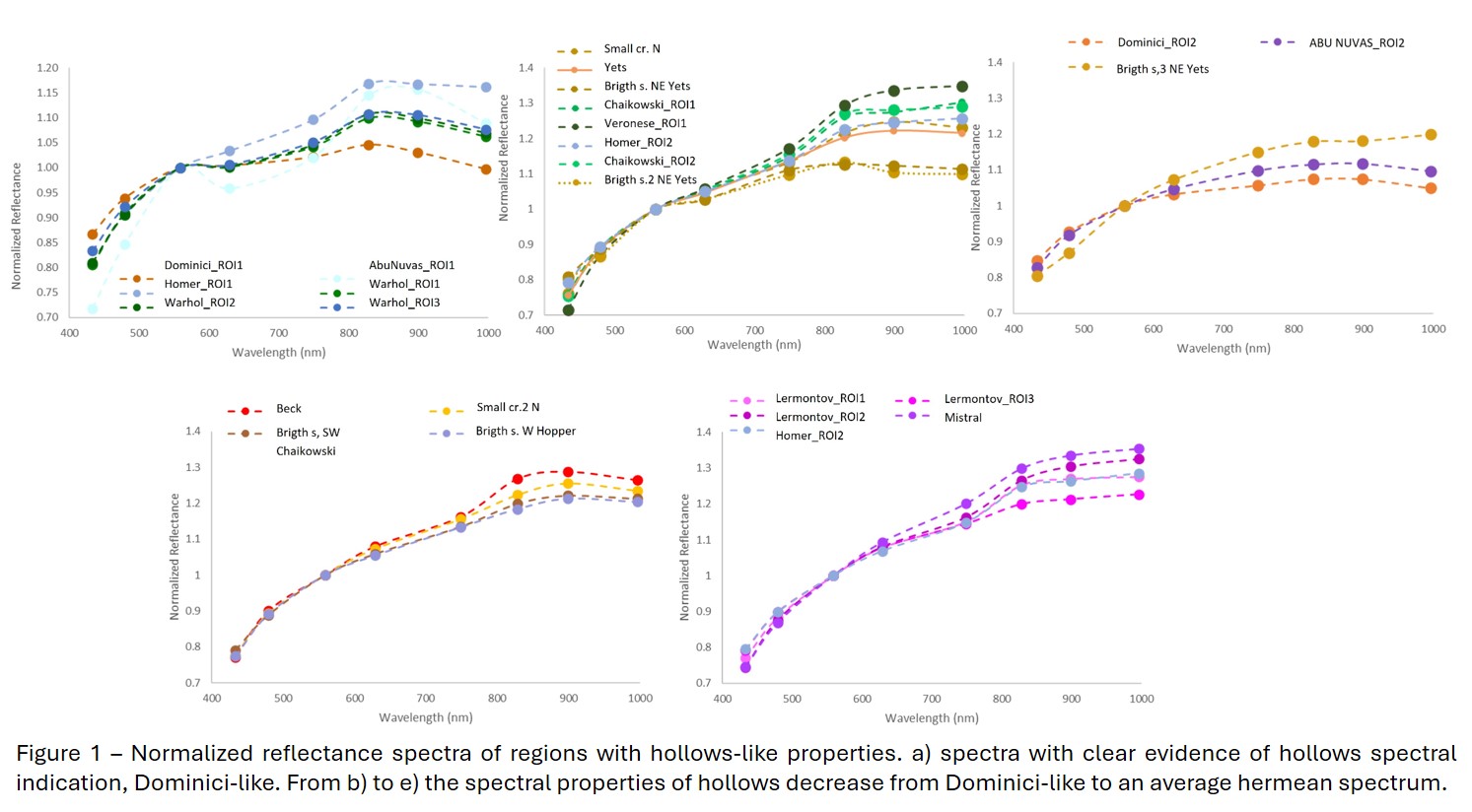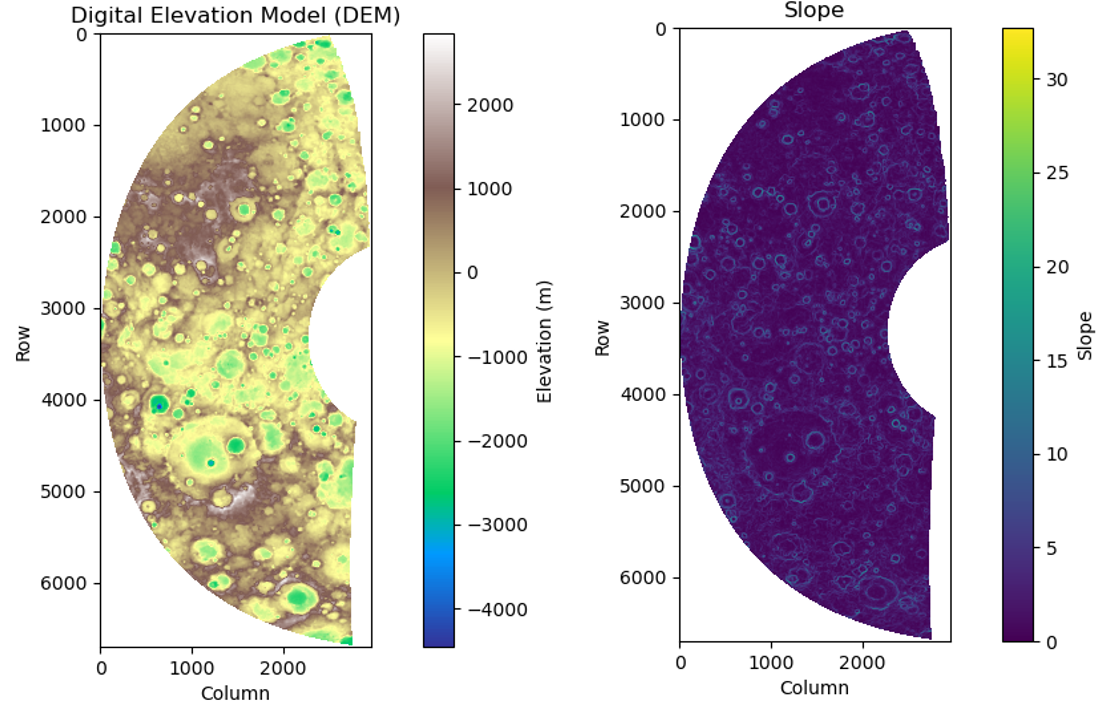TP10
Exploring Mercury and its environment
Co-organized by MITM
Convener:
Willi Exner
|
Co-conveners:
Sébastien Besse,
Jack Wright,
Alice Lucchetti,
Anna Milillo,
Johannes Benkhoff,
Valeria Mangano,
Riku Jarvinen
Together with data obtained by the late NASA mission MESSENGER, BepiColombo’s swingbys and orbit phase will lead to new understanding about the origin, formation, evolution, composition, interior structure, and magnetospheric environment of Mercury.
This session hosts contributions to planetary, geological, exospheric and magnetospheric science results based on spacecraft observations by Mariner 10, MESSENGER, BepiColombo, and Earth-based observations, modelling of interior, surface and planetary environment and theory.
In particular, studies investigating the required BepiColombo observations during the nominal mission to validate the existing theoretical models about the interior, exosphere and magnetosphere are welcome,
as well as presentations on laboratory experiments useful to confirm potential future measurements.
Session assets
Investigating Mercury's Surface Section
10:30–10:45
|
EPSC2024-615
|
solicited
|
On-site presentation
10:45–10:55
|
EPSC2024-1047
|
On-site presentation
10:55–11:05
|
EPSC2024-733
|
ECP
|
On-site presentation
11:05–11:10
Q&A
11:10–11:20
|
EPSC2024-572
|
ECP
|
Virtual presentation
11:20–11:30
|
EPSC2024-411
|
ECP
|
On-site presentation
11:30–11:40
|
EPSC2024-762
|
ECP
|
On-site presentation
11:40–11:50
|
EPSC2024-118
|
ECP
|
On-site presentation
11:50–12:00
Q&A
Lunch break
Chairpersons: Willi Exner, Jack Wright, Valeria Mangano
What can we learn about Mercury's Interior and Exosphere Section
14:30–14:40
|
EPSC2024-227
|
ECP
|
On-site presentation
14:40–14:50
|
EPSC2024-690
|
On-site presentation
14:50–15:00
|
EPSC2024-1279
|
On-site presentation
15:00–15:05
Q&A
15:05–15:15
|
EPSC2024-664
|
ECP
|
On-site presentation
15:15–15:30
|
EPSC2024-608
|
solicited
|
On-site presentation
15:30–15:40
|
EPSC2024-550
|
ECP
|
Virtual presentation
15:40–15:50
|
EPSC2024-610
|
ECP
|
On-site presentation
15:50–16:00
Q&A
Coffee break
Chairpersons: Johannes Benkhoff, Jack Wright, Willi Exner
BepiColombo Swingby observations and Magnetosphere Section
16:30–16:45
|
EPSC2024-54
|
solicited
|
On-site presentation
16:45–16:55
|
EPSC2024-1012
|
ECP
|
On-site presentation
16:55–17:05
|
EPSC2024-375
|
ECP
|
On-site presentation
17:05–17:10
Q&A
17:10–17:20
|
EPSC2024-1243
|
ECP
|
On-site presentation
17:20–17:30
|
EPSC2024-184
|
ECP
|
On-site presentation
17:30–17:40
|
EPSC2024-23
|
On-site presentation
Direct Detection of Ongoing Magnetic Reconnection at Mercury's High-Latitude Magnetopause
(withdrawn)
17:40–17:50
|
EPSC2024-529
|
On-site presentation
Investigation of Mercury exosphere from ground-based observations: the cases of BepiColombo’s flybys 2 and 3
(withdrawn)
17:50–18:00
Q&A
Planetary Interior
P15
|
EPSC2024-1011
|
ECP
|
On-site presentation
Observation and Modeling of the Hermean Exosphere and Magnetosphere
P16
|
EPSC2024-195
|
On-site presentation
P18
|
EPSC2024-164
|
On-site presentation
The Hermean Surface: From Regolith to Hollows
P21
|
EPSC2024-57
|
On-site presentation
P22
|
EPSC2024-81
|
On-site presentation
P23
|
EPSC2024-113
|
On-site presentation
Simulating Mercury’s environment - watchout for Magnesium and Space Weathering!
(withdrawn)
P24
|
EPSC2024-298
|
On-site presentation
A complex Hermean volcanic history
(withdrawn)
P25
|
EPSC2024-220
|
On-site presentation
P26
|
EPSC2024-247
|
ECP
|
On-site presentation
P27
|
EPSC2024-851
|
On-site presentation
P28
|
EPSC2024-333
|
ECP
|
Virtual presentation
P29
|
EPSC2024-215
|
On-site presentation
P30
|
EPSC2024-337
|
ECP
|
On-site presentation
P31
|
EPSC2024-840
|
ECP
|
On-site presentation
P32
|
EPSC2024-450
|
ECP
|
On-site presentation
P33
|
EPSC2024-576
|
On-site presentation
P34
|
EPSC2024-646
|
ECP
|
On-site presentation
P35
|
EPSC2024-764
|
On-site presentation
P36
|
EPSC2024-1113
|
On-site presentation
P37
|
EPSC2024-828
|
On-site presentation
P38
|
EPSC2024-979
|
ECP
|
On-site presentation


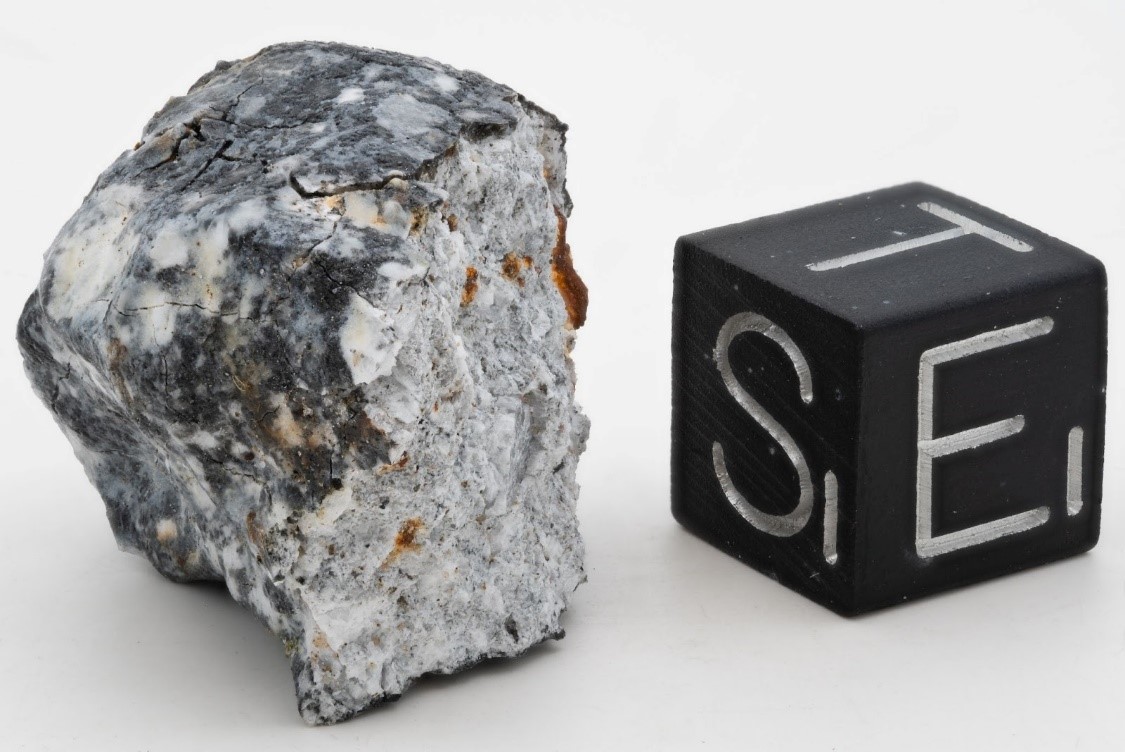
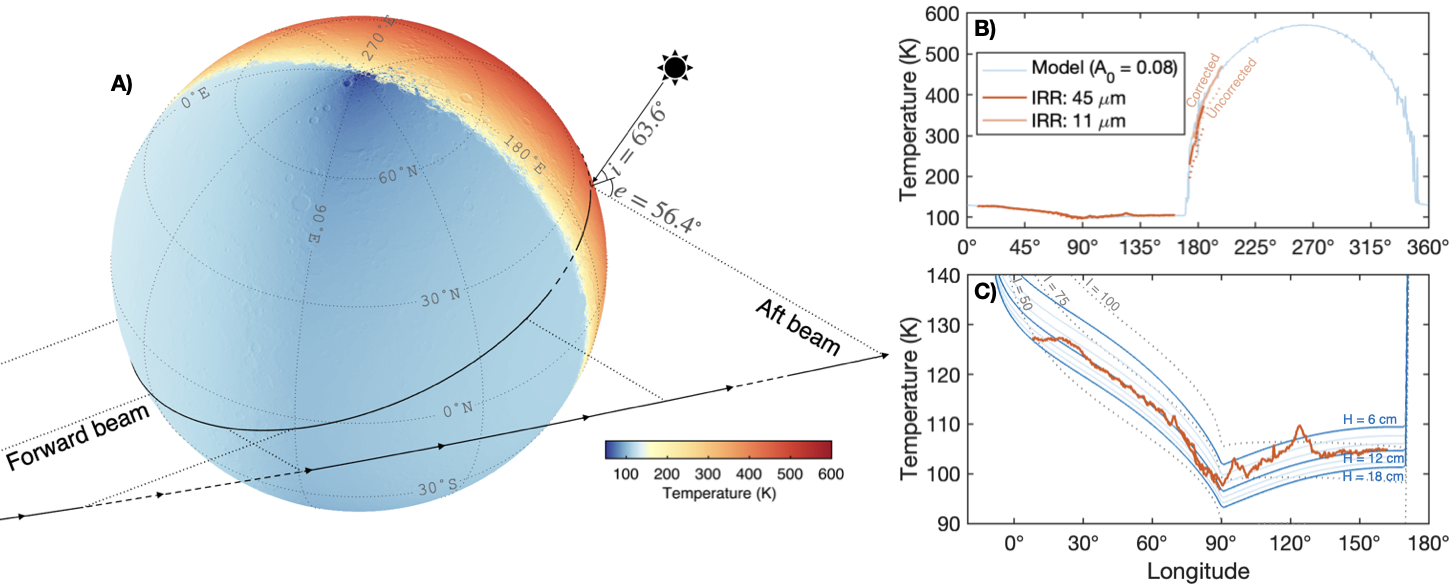
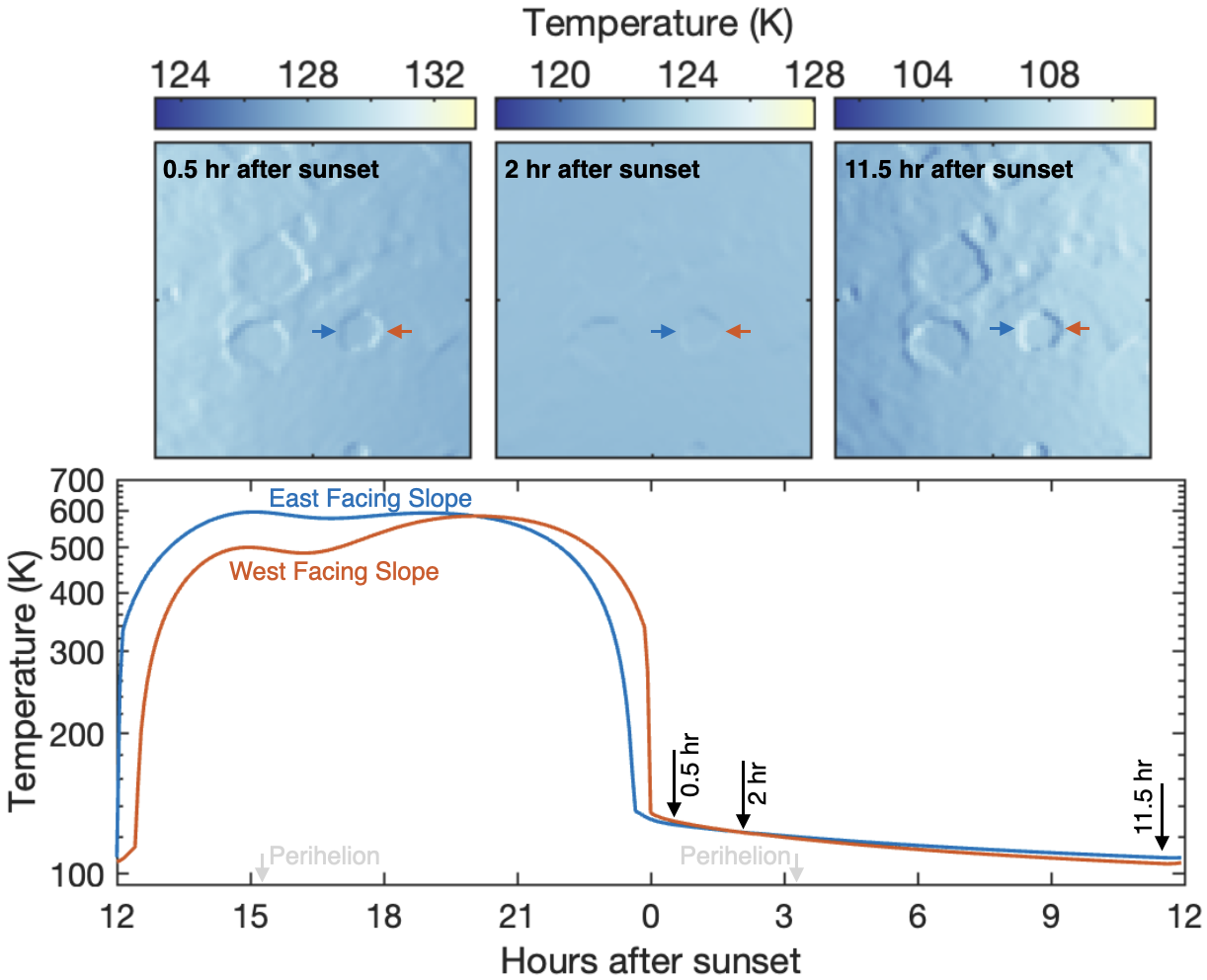
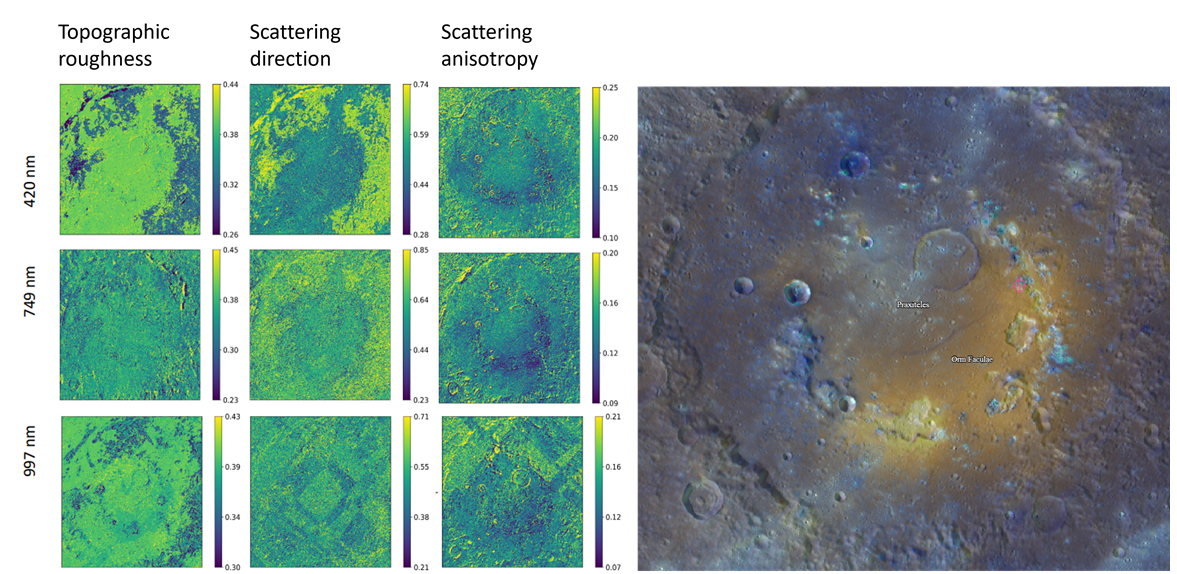
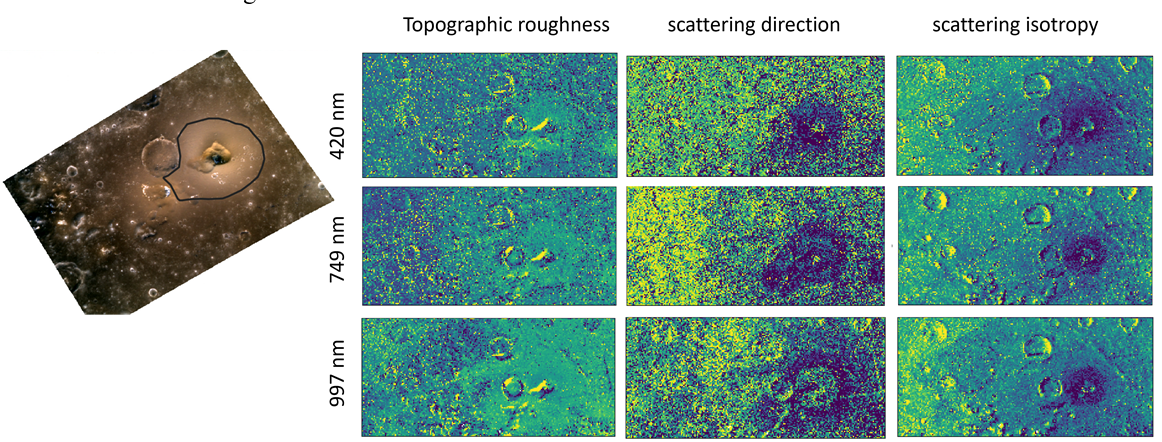
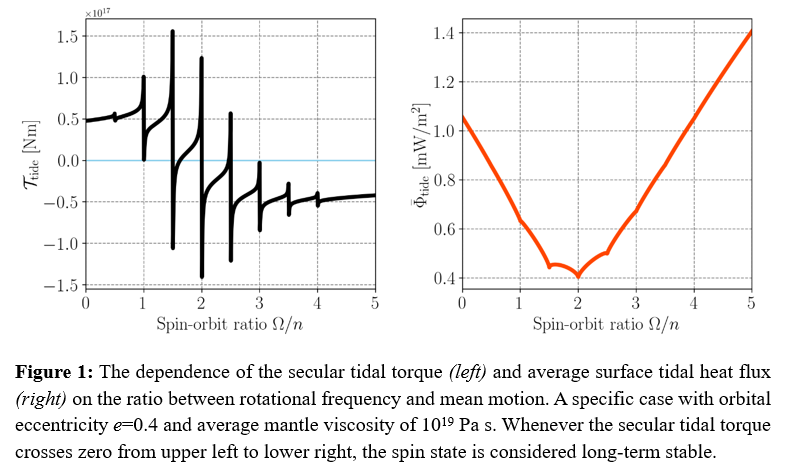



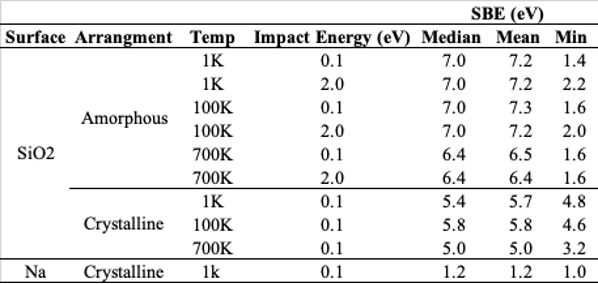
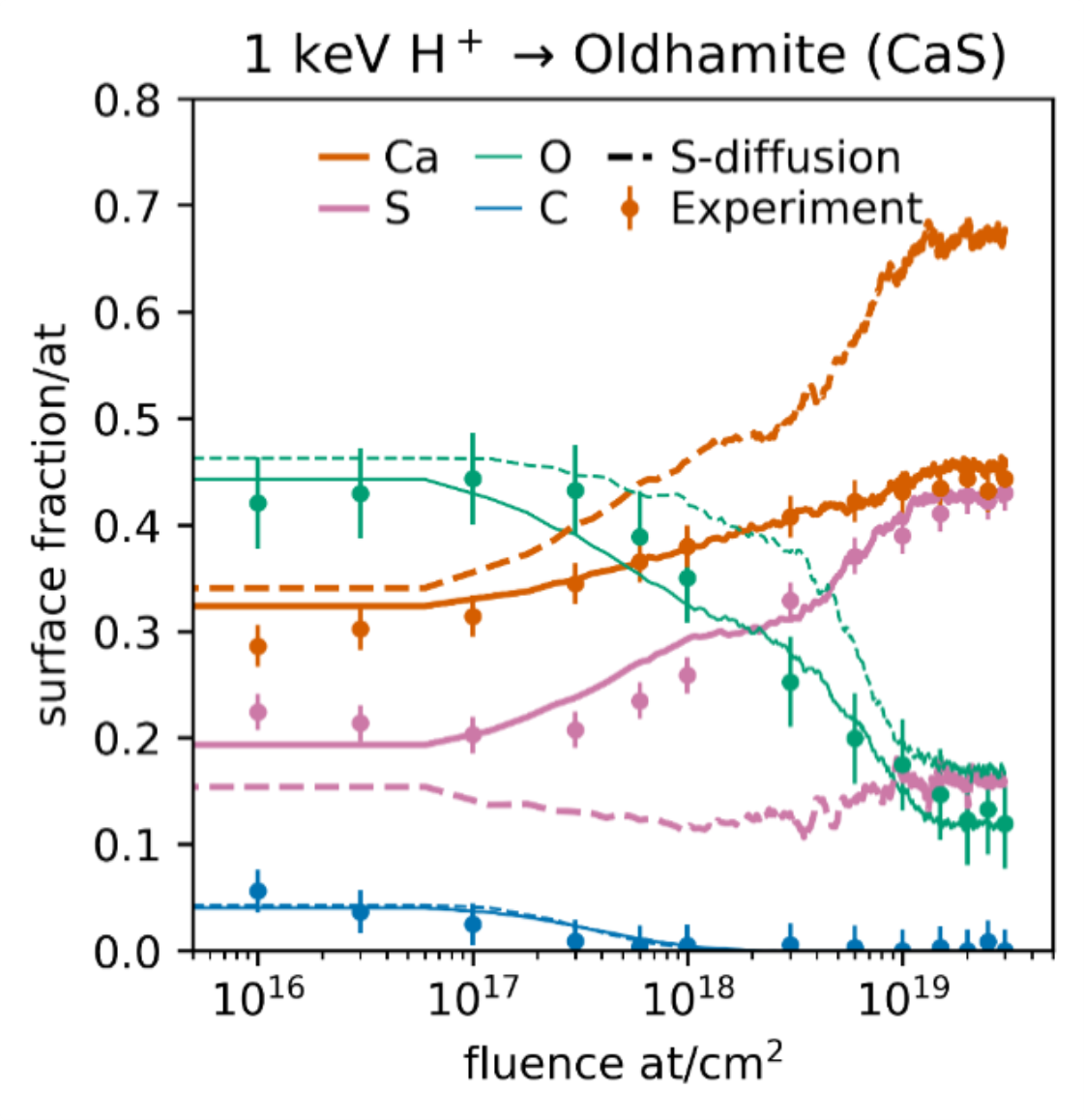
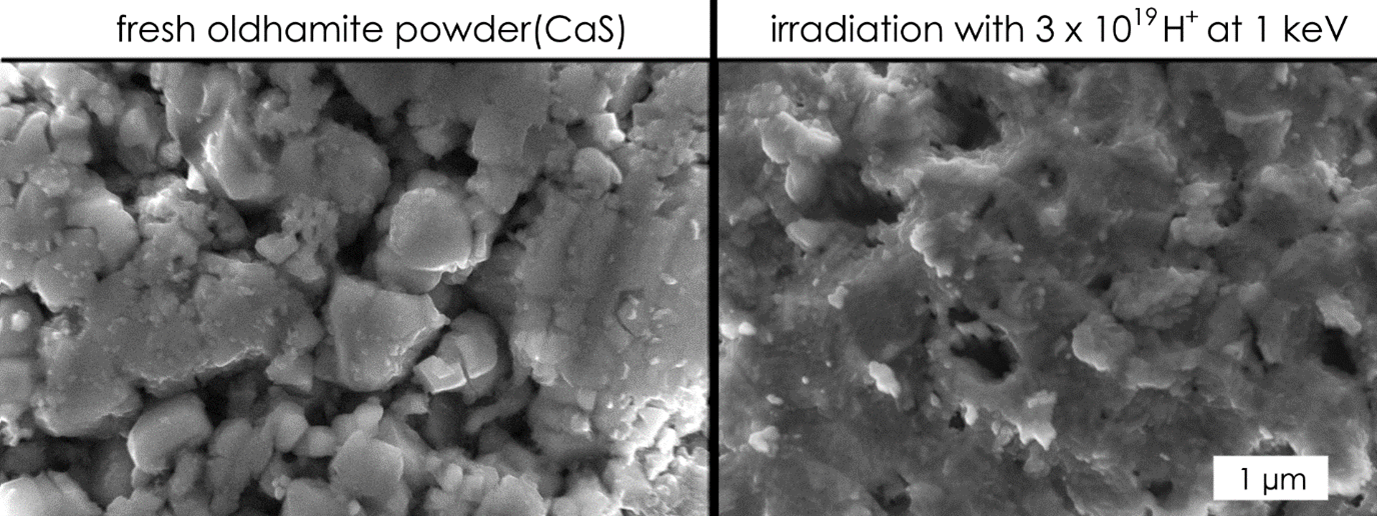
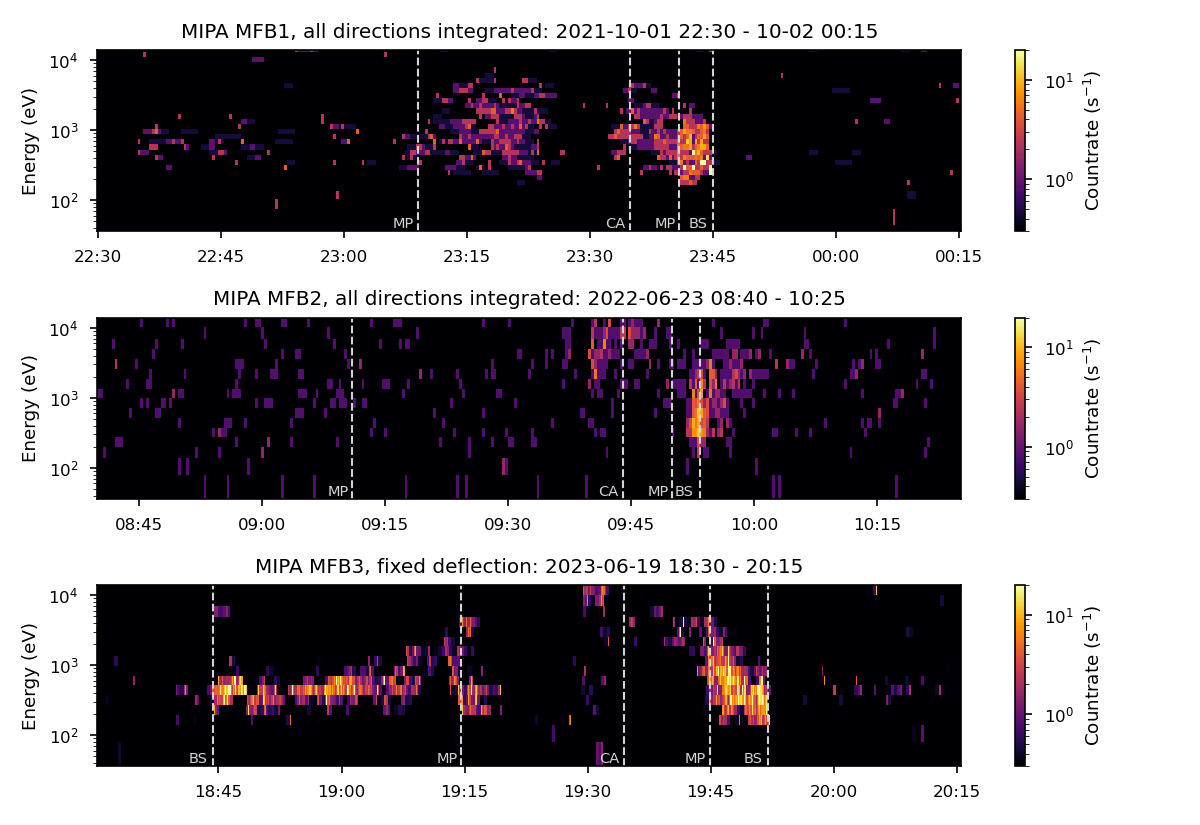
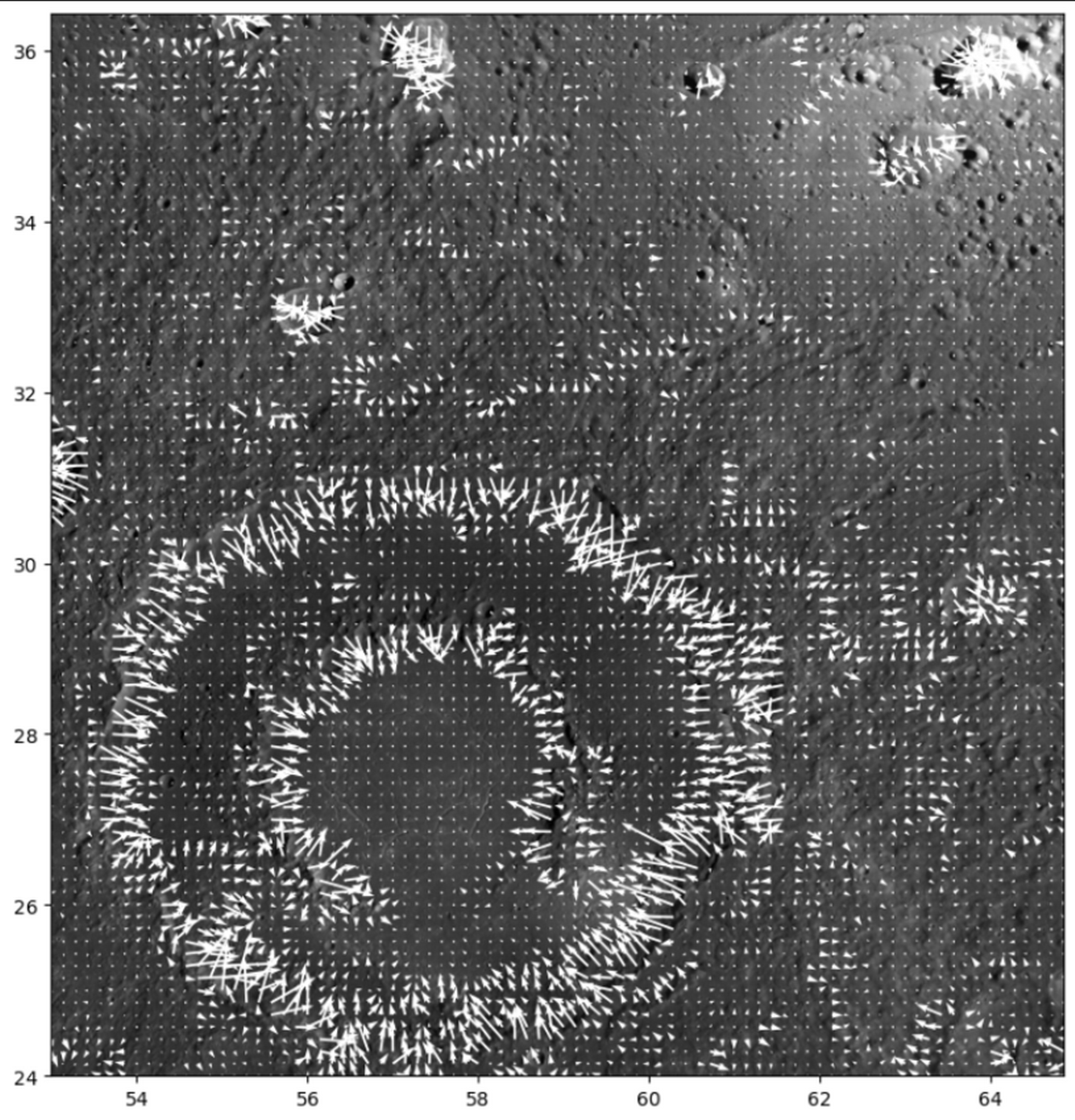
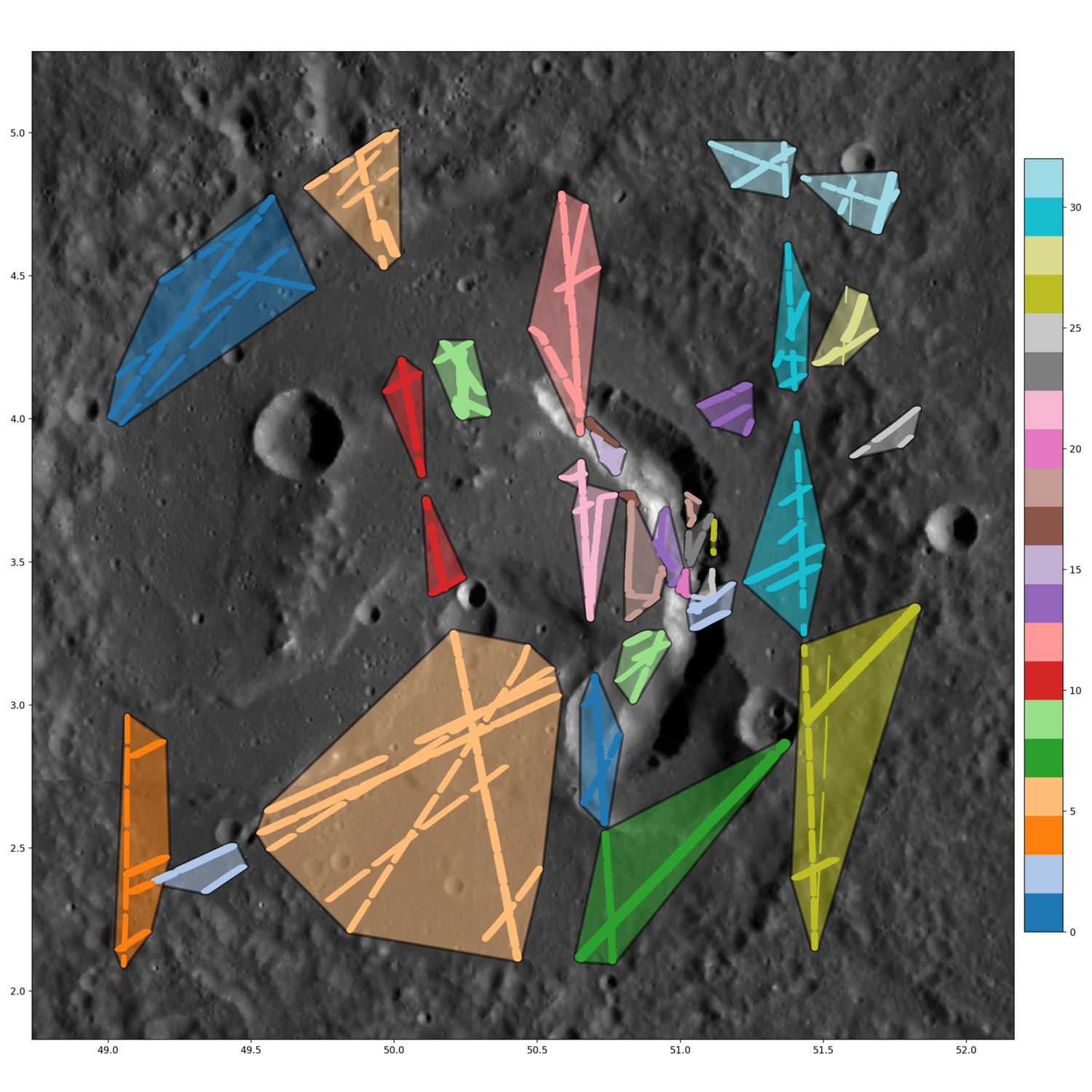
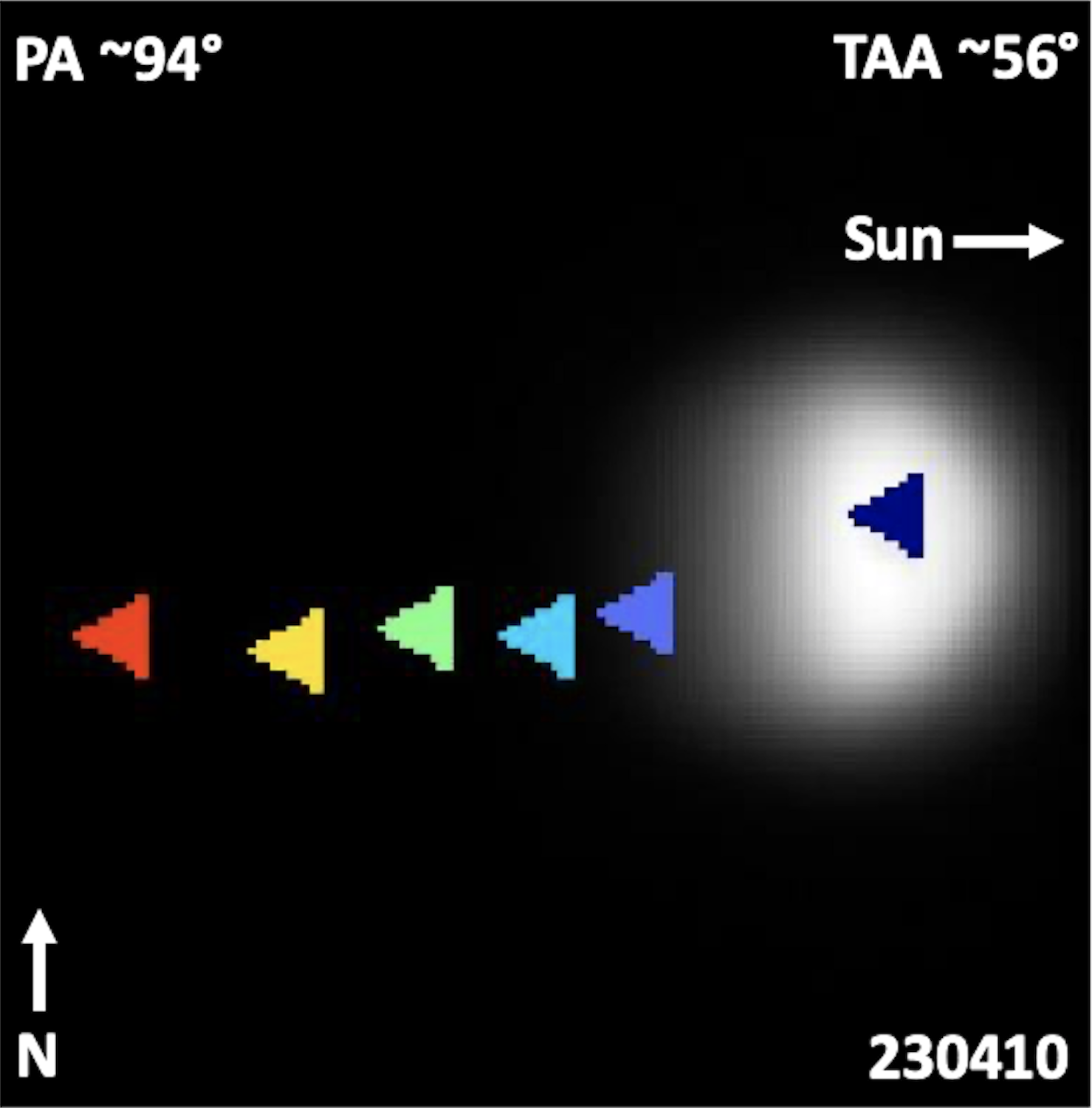
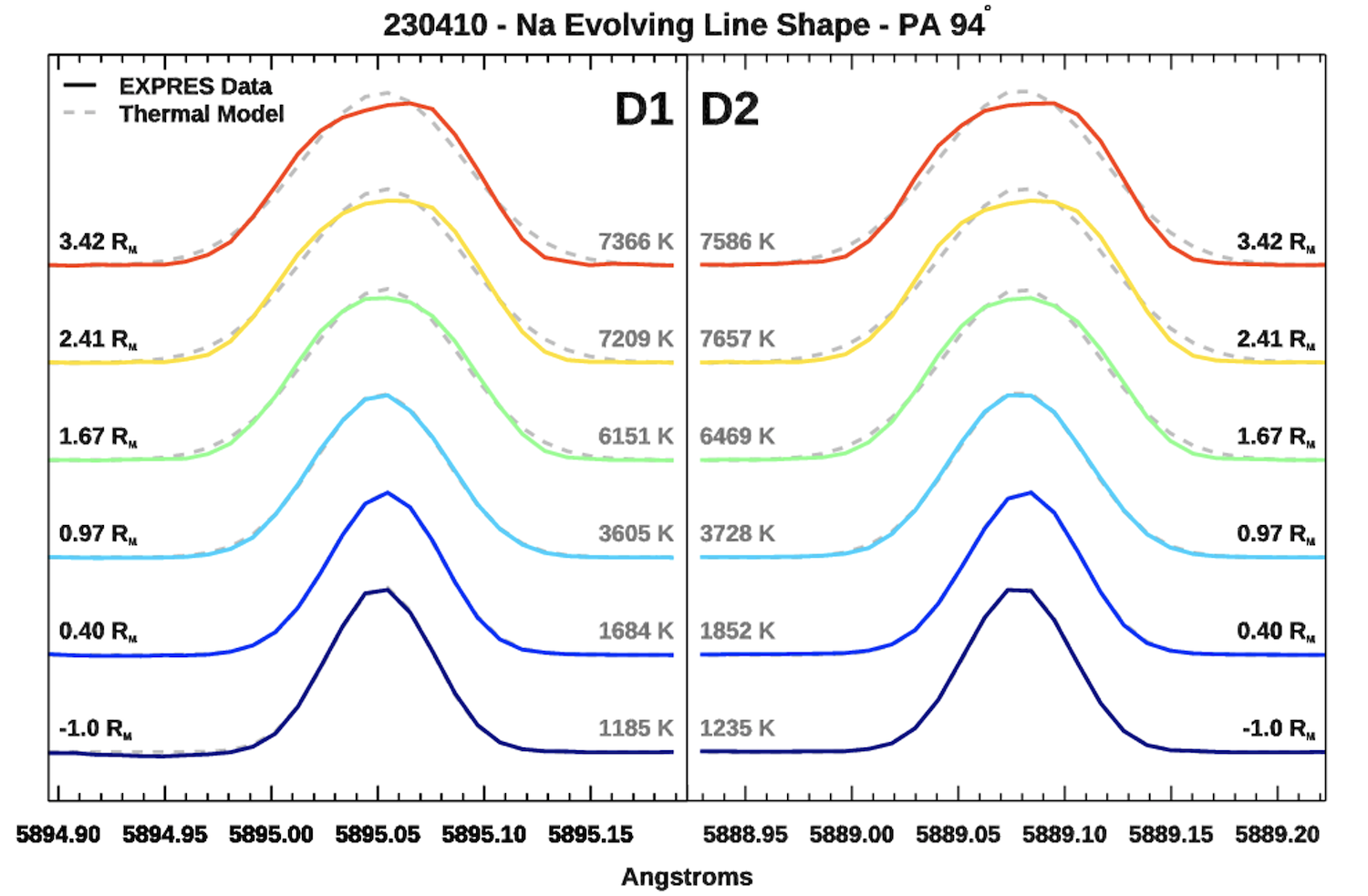
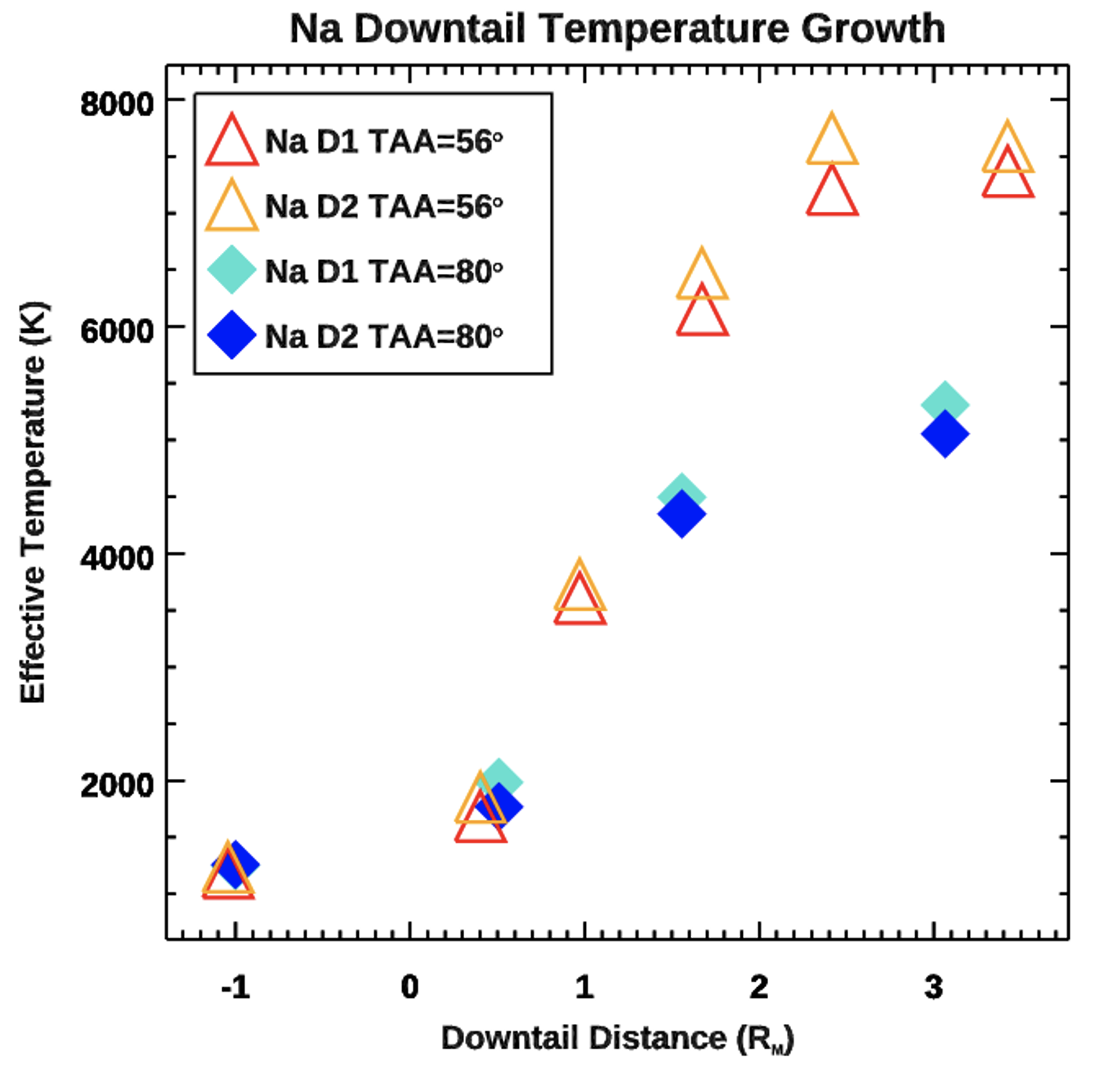
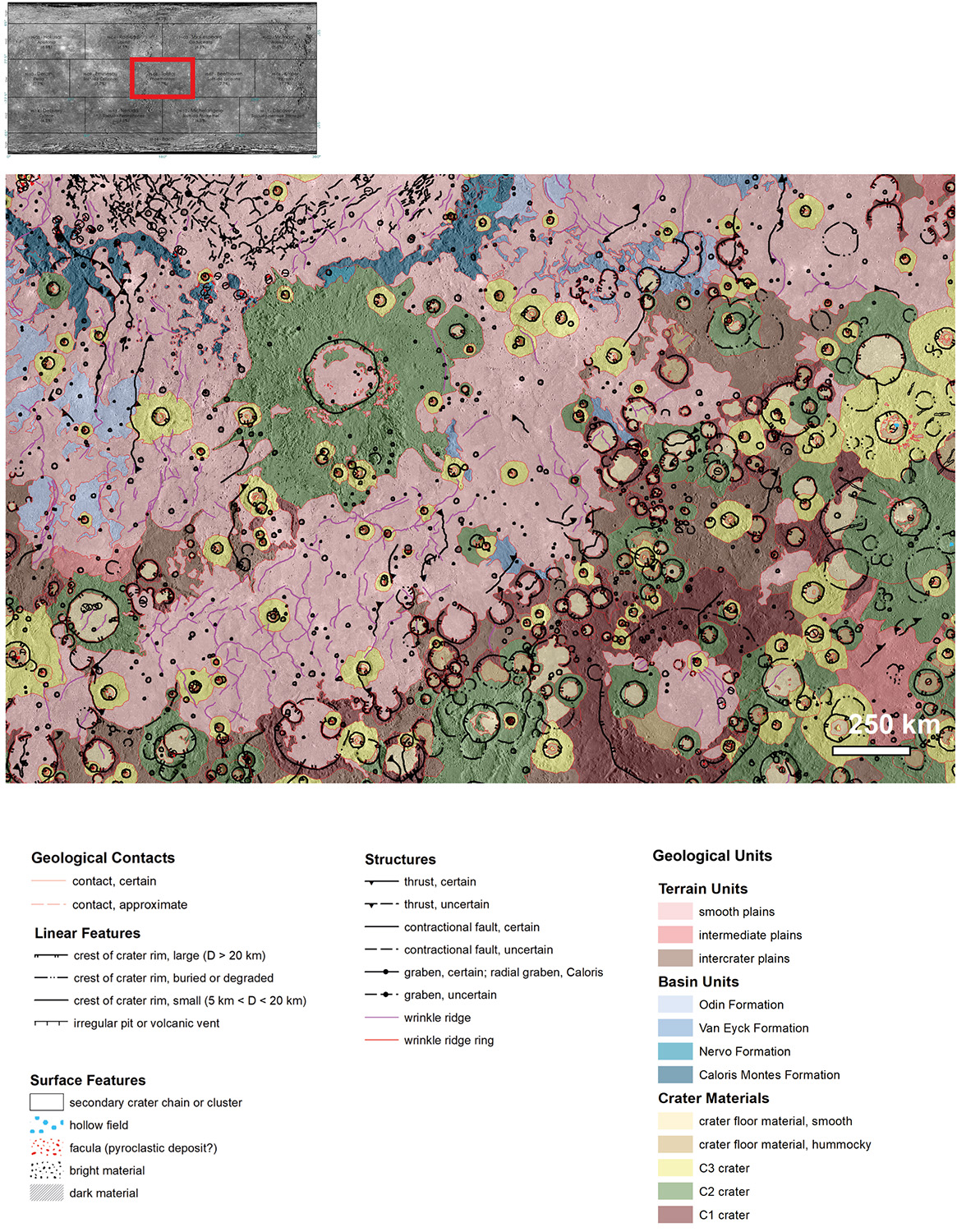
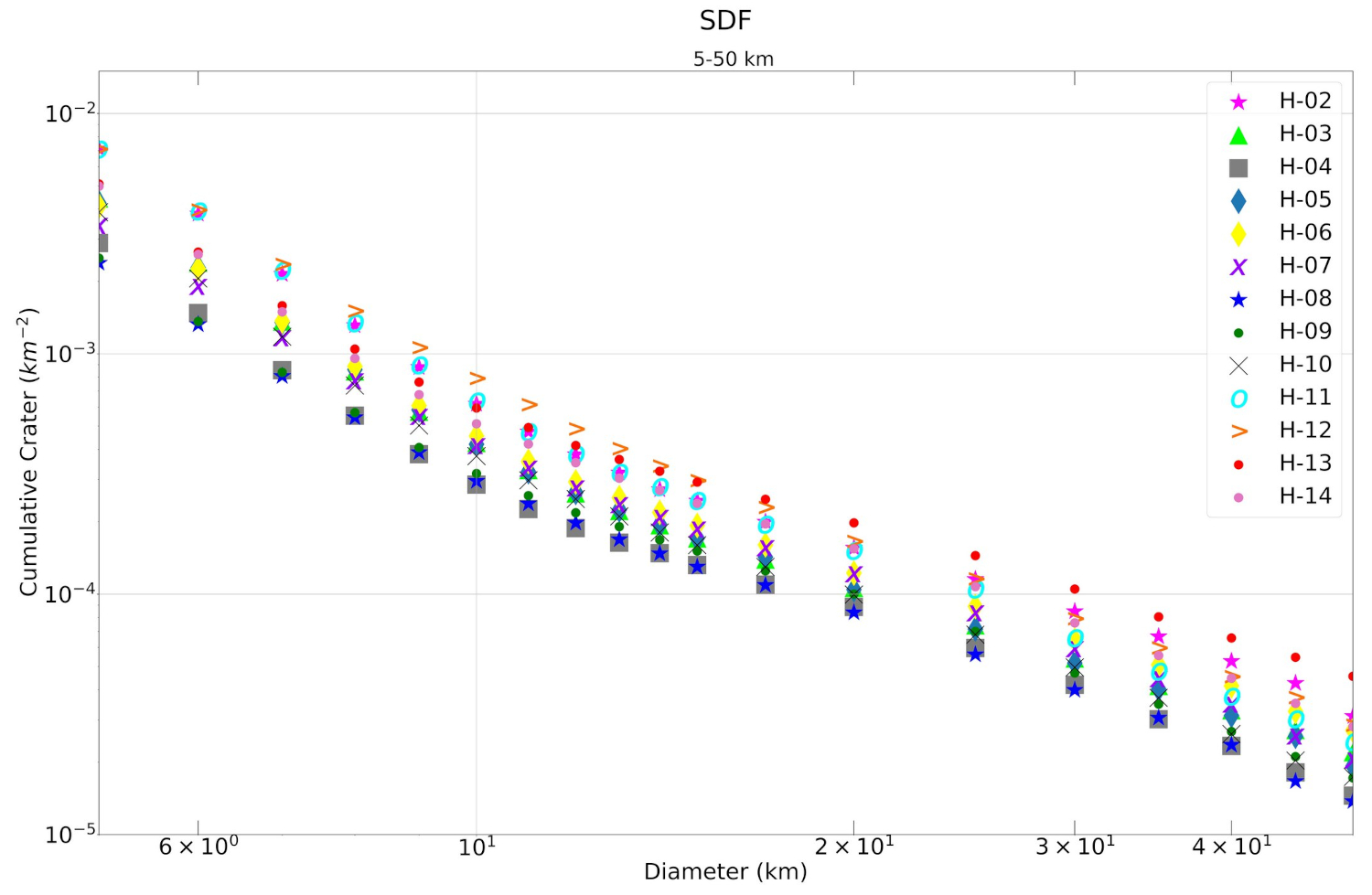
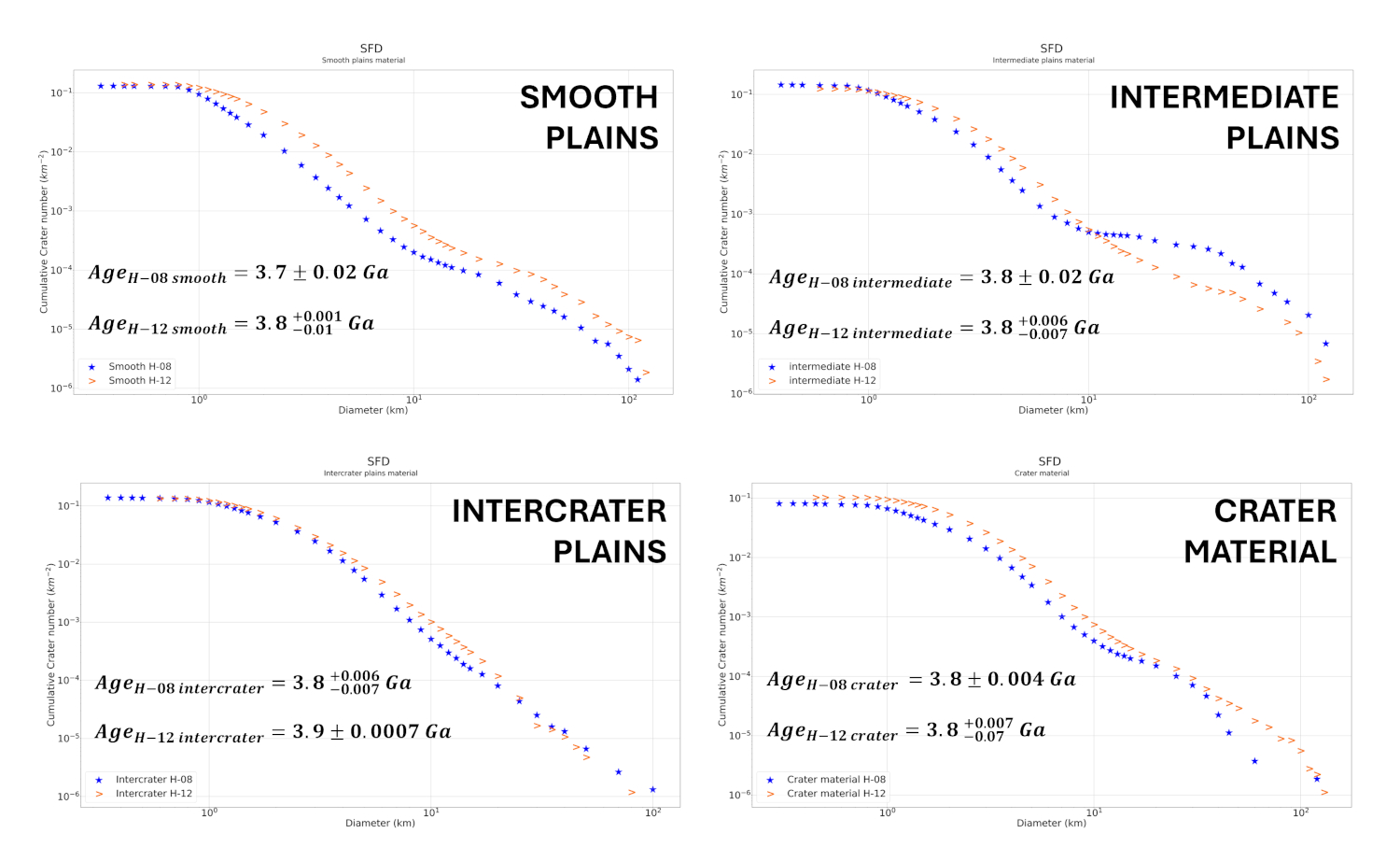
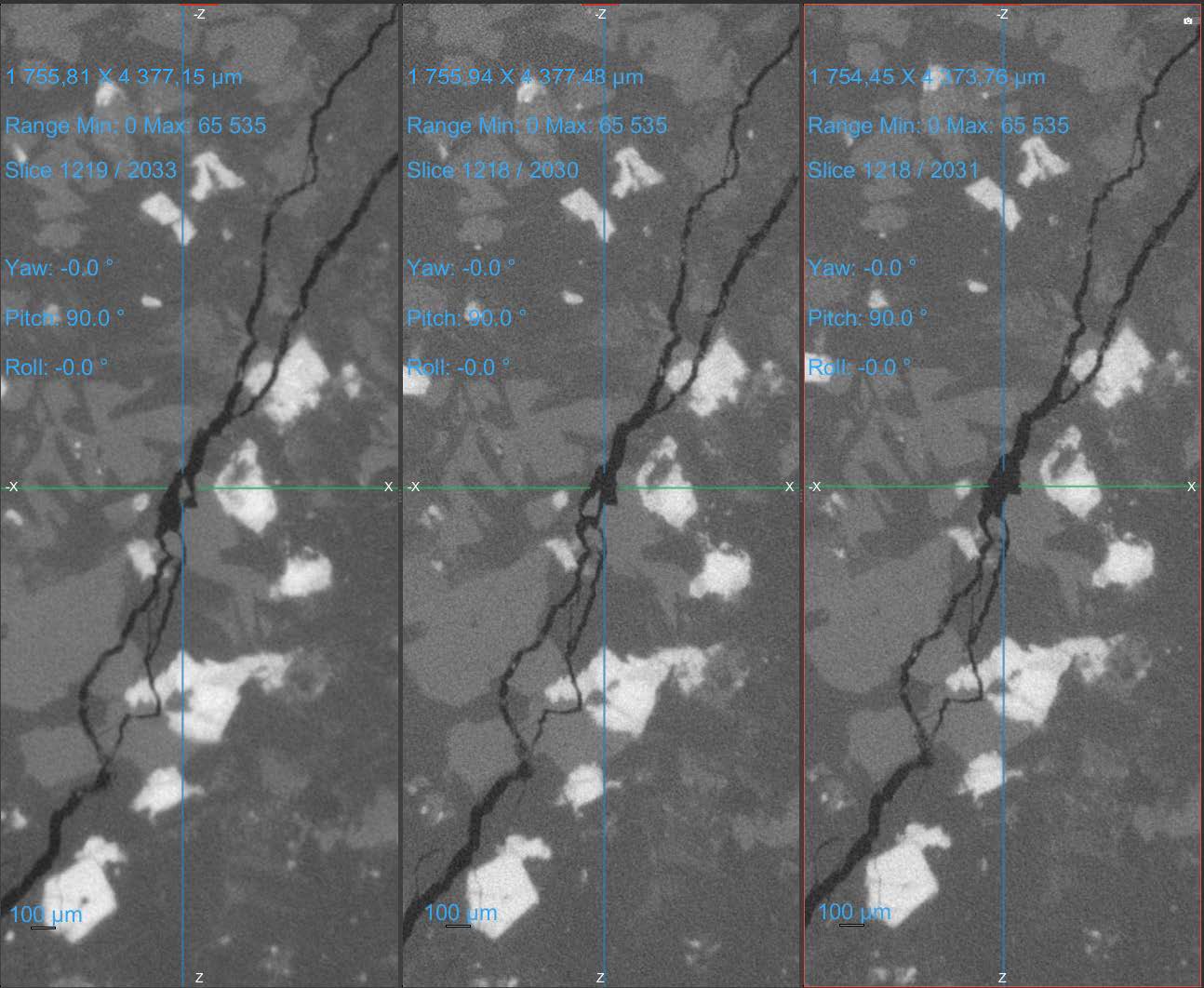
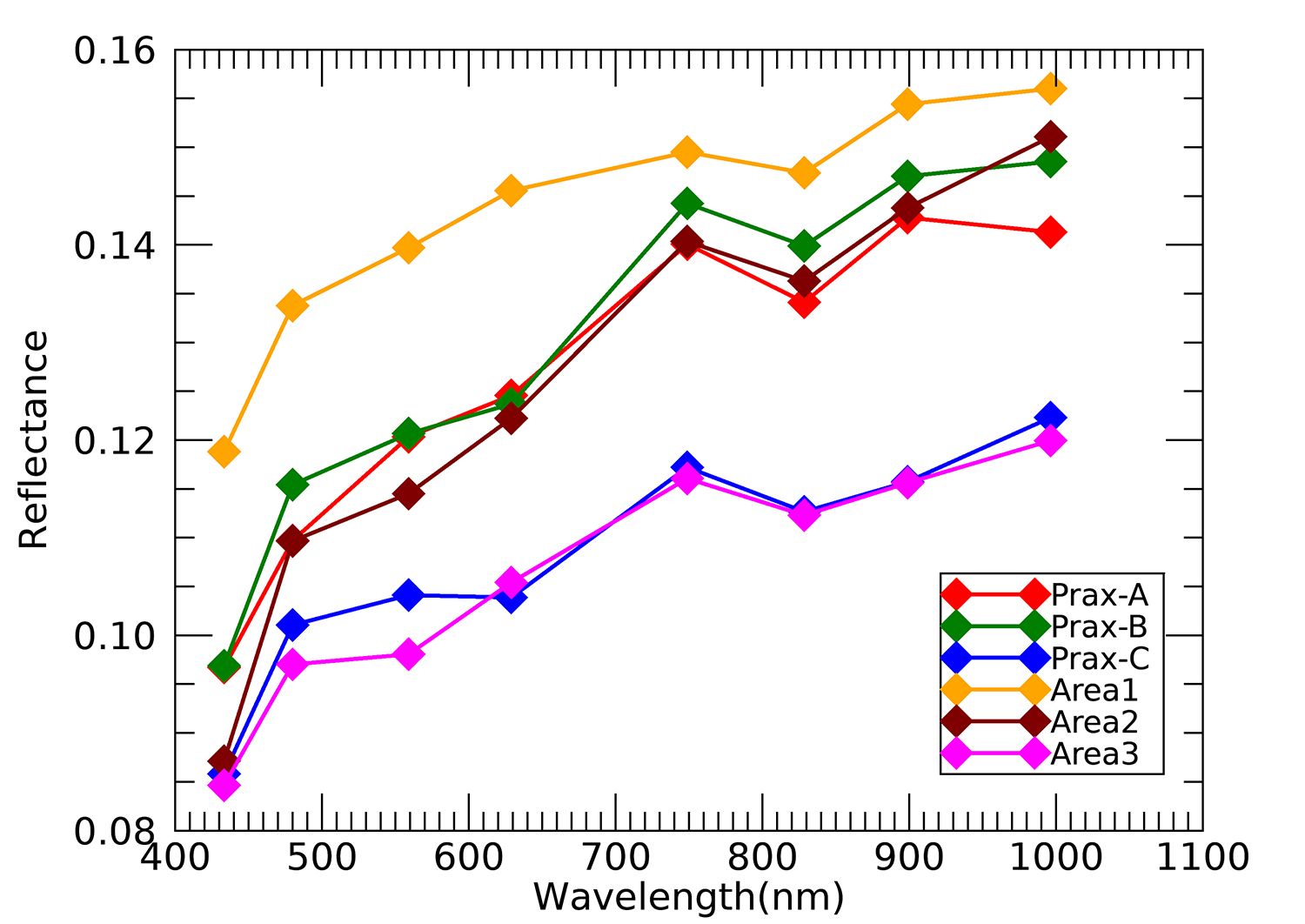
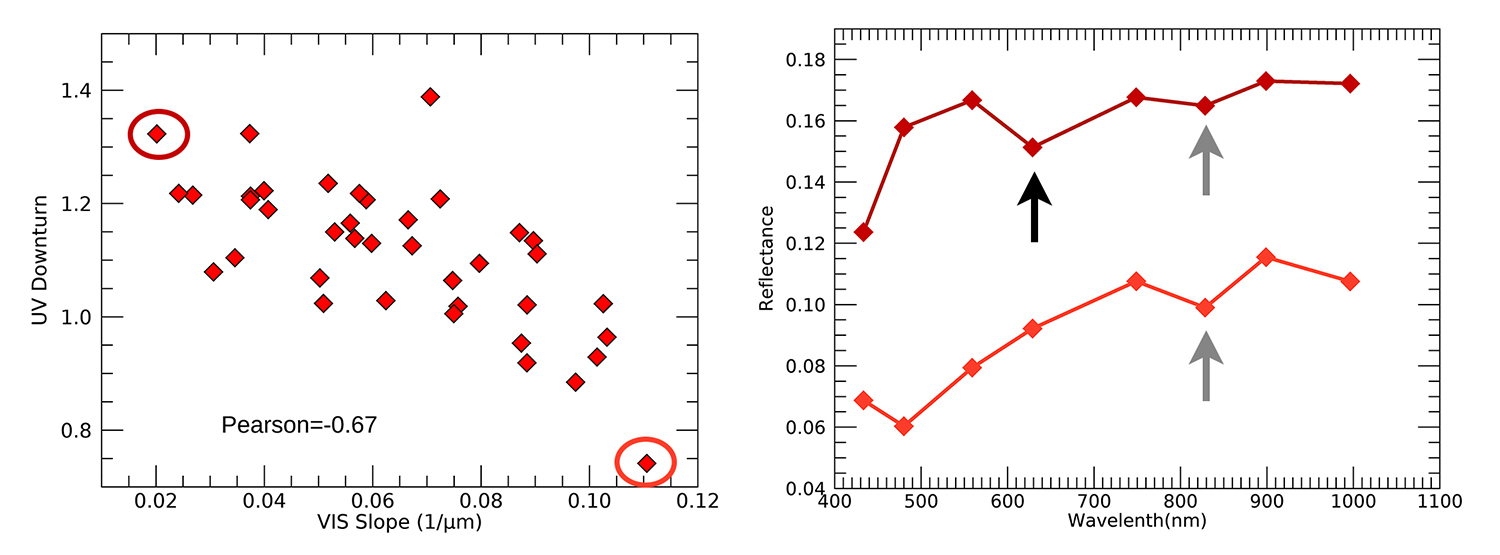
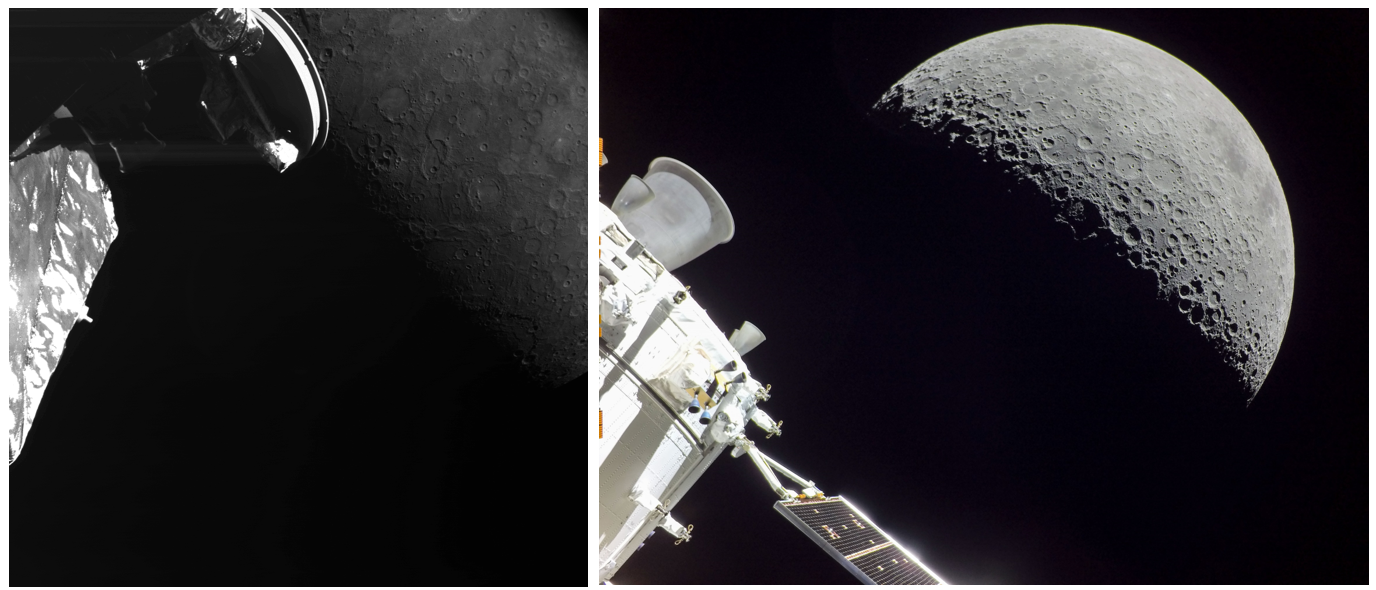 Figure 1. Left: Flyby image from the BepiColombo mission [10]. Right: Flyby image from the Artemis I mission [11].
Figure 1. Left: Flyby image from the BepiColombo mission [10]. Right: Flyby image from the Artemis I mission [11].